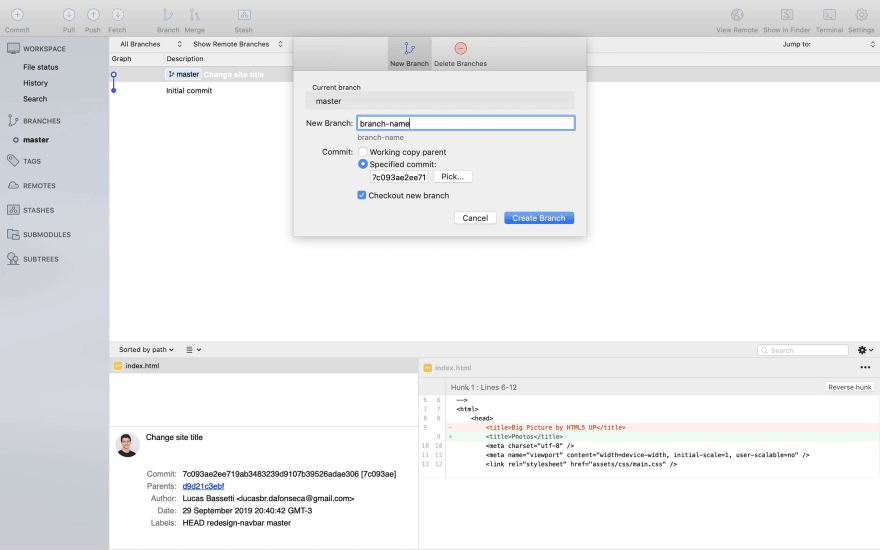

- #SOURCETREE CHECKOUT HOW TO#
- #SOURCETREE CHECKOUT MAC OS X#
- #SOURCETREE CHECKOUT INSTALL#
- #SOURCETREE CHECKOUT SOFTWARE#

If you like our blog then please share it with your developer friends. if you want to learn more things then you should follow official documentation. You can check out more details on below reference. then click on push button and you will see one popup and then click on push button.Ĭommit view in sourcetree Push view in sourcetree.then type comment in the footer area where one textarea type box is available and then click on Commit button situated in lower right corner.after that click on selected file if you want to commit some file then select using ctrl + click to select file and click on Stage Selected button or if you want to commit all changes then simply click on Stage All button.first of all, you should check File Status on the left side menu for commit all changes or selected file.

#SOURCETREE CHECKOUT HOW TO#
Now i am going to show you how to commit a file using sourcetree. Sourcetree clone view with bitbucket reposity clone url
#SOURCETREE CHECKOUT SOFTWARE#
When your software will download then run it and follow some steps and after click 4 times on next button your software will be installed. Fixed issue where Commit button wouldnt enable when checking files in Mercurial SourceTree 1.6.9 Enhancements.
#SOURCETREE CHECKOUT MAC OS X#
#SOURCETREE CHECKOUT INSTALL#
now i am going to describe you how to install sourcetree. so for this process you have already install gitbash and also should install sourctree. When you push the changes to your remote Bitbucket repository, those changes apply to the repository's branch.Here you are going to learn about how to clone, pull and push file using sourctree. Going forward, all your Git commands apply to the branch. In this example, the feature branch is the branch.Ĭonfirm you are now working on that branch: Using the list as reference, choose the branch you want to checkout. Notice that it lists both the branches that are local and the remote branches on Bitbucket. You should see something similar to the following: Then, do the following:Ĭhange to the root of the local repository. On your local system, make sure you have a local repository cloned from the remote repository. Using Git to checkout a branch on the command lineįor the purposes of these steps, will refer to the name of your branch. Open the terminal on your local machine and change to the root directory of your repository.Īt the command line, enter the copied command from Bitbucket and press ENTER. Press the Check out button to display the appropriate check out command.Ĭopy the command (or choose Check out in Sourcetree if you'd rather use Sourcetree). In the repository's Branches, click the branch you want to checkout.

If you're using Sourcetree, Bitbucket gives you a single button checkout. The Bitbucket interface gives you the basic command for checking out a branch. When you checkout a branch, you should already have a local clone of the parent repository. If you plan to use branches a lot or want to know more, we recommend you learn more by visiting a site or buying a book devoted to the DVCS you are using (Git or Mercurial). It merely provides a pointer to help you understand how Bitbucket supports branches. The information on this page is not a definitive guide for either Git or Mercurial.


 0 kommentar(er)
0 kommentar(er)
